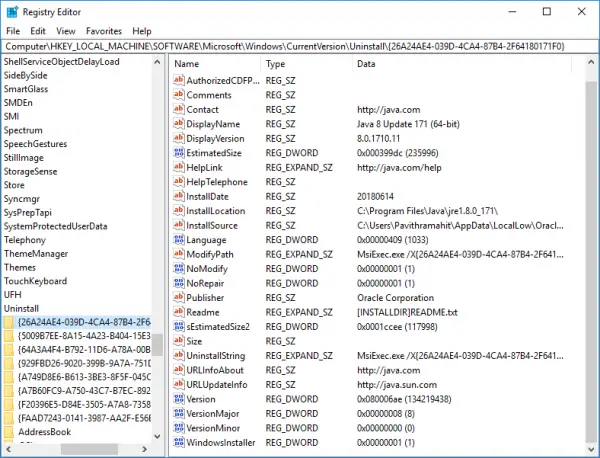

I showed this command not to be geeky but to reveal the structure of Oracle's Java applet plug-in. > /Library/Internet\ Plug-Ins/ugin/Contents/Home/bin/java -version You can also dig down into the plug-in with the terminal app and extract the version number. Uncheck the box circled below and restart your browser.īy the way, you can verify which version is installed by looking at the Java tab and select "View." The best way to block the applet plug-in in /Library/Internet Plug-ins for both Safari and Firefox browsers is to disable it in the Java Preference Pane. That leaves Safari and Firefox as the remaining major Mac browsers. Java 7 won't run in Chrome because Chrome is 32-bit and Java 7 is 64-bit. You need to do that yourself under the Update tab.įig 2. It will auto-detect that a new version is available, but it will not do the installation.

That Preference Pane manages the Oracle Java 7 browser plug-in for applets. The file is "ugin" and has the icon shown on the left.Īlso, when you installed Oracle's Java 7 browser plug-in, you installed a Preference Pane in System Preferences under "Other."


If you, because of recent security alerts, upgraded that plug-in to Java 1.7 (or "Java 7" in Java-speak) from Oracle, you'll find the plug-in in /Library/Internet Plug-ins. Oracle now maintains that plug-in for Mac users. Many Mac users retain the ability to run Java applets in their browser with a browser plug-in. It also looks at the differences between Java 6 and Java 7. This how-to discusses procedures to uninstall/disable both the plug-in ahd the full Java system. With the grave security concerns about Java these days, you may be thinking about how to remove or disable both of those Java systems completely from your Mac. The second is to run native Java apps on your Mac. The first is to run Java applets inside your Web browser with a plug-in.


 0 kommentar(er)
0 kommentar(er)
